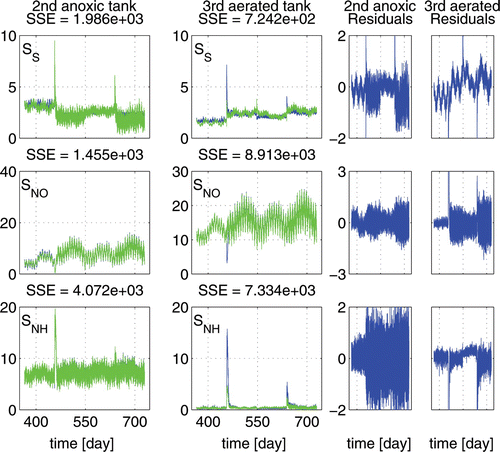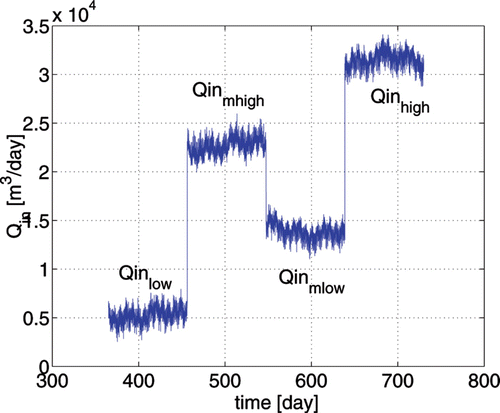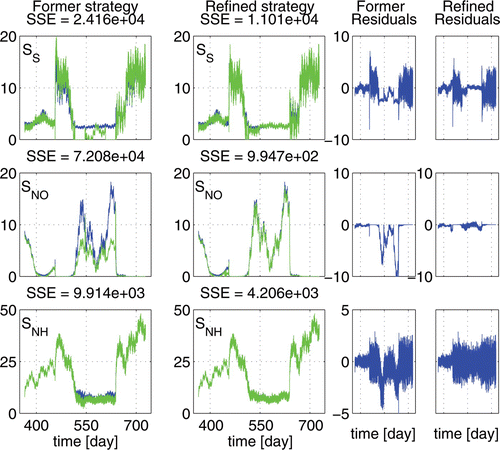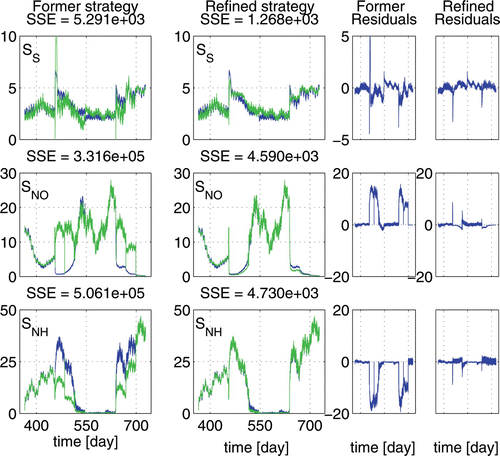Figures & data
Table 1. Overview of formation and removal of all components in the ASM1 model.
Figure 1. Benchmark configuration: 2 anoxic and 3 aerated tanks (with oxygen setpoint control) followed by a sedimentation tank and coupled via an external and internal recycle stream.

Table 2. Influent and operational classes considered in this paper.
Figure 2. Comparison of the two linearization techniques for the first anoxic tank (Q in = medium high, T = 22°C). Left: ASM1 data (black) versus Taylor series based linearization (grey). Middle: ASM1 data (black) versus the weighted linear combination based linearization (grey). Right: residuals for the Taylor series based linearization (left) and the weighted linear combination based linearization (right). S S is the readily biodegradable organic matter, X S is the slowly biodegradable organic matter, X BH the heterotrophic biomass, S NO the nitrate concentration and S NH the ammonium concentration.
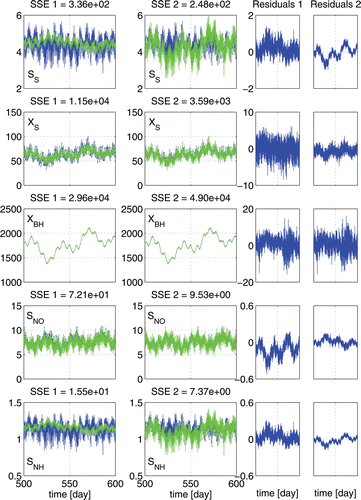
Figure 3. Comparison of the two linearization techniques for the first aerated tank (Q in = medium high, T = 22°C). Left: ASM1 data (black) versus Taylor series based linearization (grey). Middle: ASM1 data (black) versus the weighted linear combination based linearization (grey). Right: residuals for the Taylor series based linearization (left) and the weighted linear combination based linearization (right). S S is the readily biodegradable organic matter, X S is the slowly biodegradable organic matter, X BH the heterotrophic biomass, S NO the nitrate concentration and S NH the ammonium concentration.
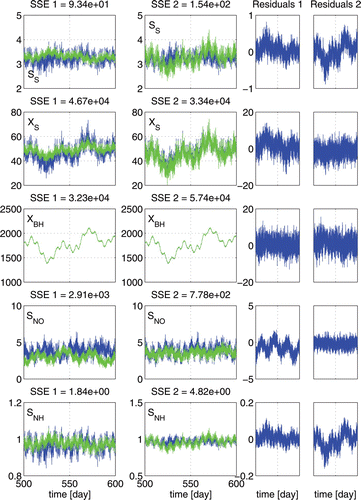
Figure 4. Improvement of identification when avoiding extreme weights (Q in = medium low, T = 11°C). Evolution of ASM1 (black) and model predicted (grey) profiles of X BA and S NO. Left: no constraints. Right: constraints on the identified values of the weights.
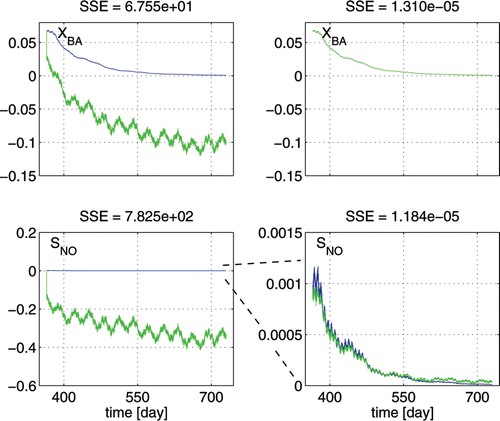
Figure 5. Scheduling functions for the influent flow rate Q in: λmlow (–·–), λhigh (–), λmhigh (––).

Figure 8. Standard (Flemish) mean temperature profile in the aerated tanks over a period of one year.
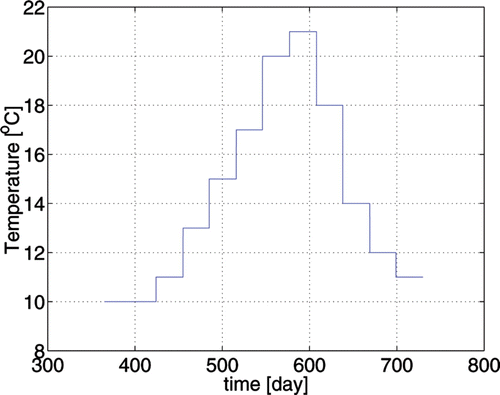
Figure 9. Influent flow rate interpolation at 22°C. Evolution of ASM1 (black) and model predicted (grey) profiles of S S, S NO and S NH. The right columns depict the respective residuals.
